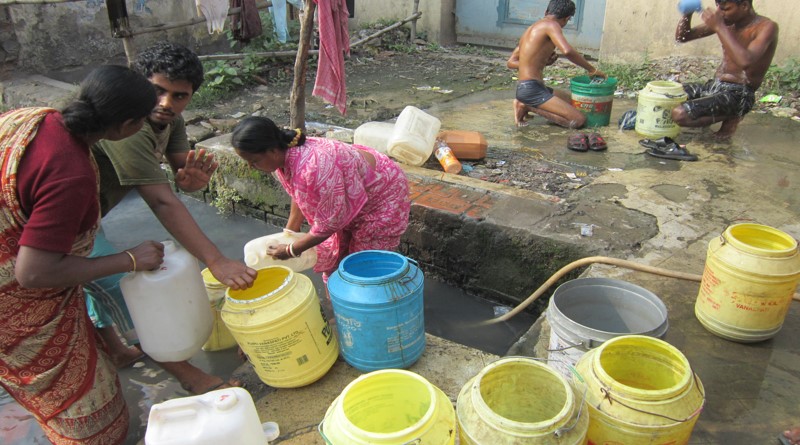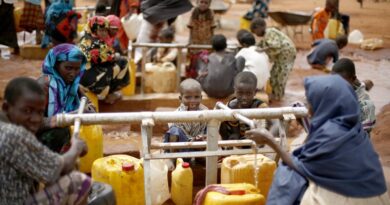India to bear catastrophic human, economic cost of flooding due to climate change

Coastal flooding, a major water-related disaster, could affect as many as 15 million people and $177 billion in urban property by 2030, a new analysis from the World Resources Institute (WRI) has warned.
India, in particular, will be among the most hardest of countries hit by flooding, which said an additional 132 million people and $535 billion will be affected by riverine flooding.
Since 1980, flooding has already caused more than $1 trillion in losses globally and the situation is poised to worsen, the analysis based on WRI’s Aqueduct Floods tool states that the number of people affected by floods will double worldwide by 2030.
Floods are more intense as a consequence of climate change, development in high-risk zones, and land subsidence from the overuse of groundwater. Using the tool, WRI has calculated that by 2050, the numbers are predicted to be “catastrophic”, with a total of 221 million people at risk, with cities bearing the cost of approximately $1.7 trillion annually.
Flood risk is increasing dramatically due to heavier rains and storms fueled by climate change, socioeconomic factors such as population growth and increased development near coasts and rivers, and land subsidence driven by overdrawing groundwater.
In places experiencing the worst flood risk, all three of these threats are converging, though the relative share of each varies by country.
India, Bangladesh and Indonesia have some of the largest populations affected by riverine and coastal floods each year. By 2030, these three countries will account for 44 per cent of the world’s population annually affected by riverine floods, and 58 per cent of population affected by coastal floods.
The analysis pointed out that the number of people affected by riverine floods will rise from 65 million in 2010 to 132 million in 2030, and the number impacted by coastal flooding will increase from 7 million to 15 million.
This is not only a threat to human lives, but to economies: The amount of urban property damaged by riverine floods will increase threefold — from $157 billion to $535 billion annually. Urban property damaged by coastal storm surge and sea level rise will increase tenfold — from $17 billion to $177 billion annually.
The tool was developed in 2014 with a consortium of WRI data partners, including Deltares, Amsterdam’s Institute for Environmental Studies, Utrecht University, and the Netherlands Environmental Assessment Agency.
The tool also suggests that investment in flood protection infrastructure returns significant benefit. For example, the three countries with the highest number of people affected by riverine flooding — India, Bangladesh and Indonesia — are all suitable candidates for riverine dikes.
In India, every $1 invested in flood protection infrastructure results in $248 in avoided damages and a 50 per cent decrease in future risk, when moving from the existing 11-year flood protection system to a 25-year flood protection system by 2050.
Every $1 spent on dike infrastructure in Bangladesh may result in $123 in avoided damages to urban property, when moving from the existing 3-year flood protection system to a 10-year flood protection system by 2050.
“Aqueduct Floods allows users to conduct comprehensive cost-benefit analysis to evaluate the value of dike flood protection strategies. Investing in hard infrastructure like levees and dikes, protecting and restoring natural infrastructure like coastal mangroves and forests in watersheds around cities, creating insurance and development policies that mitigate flooding and improving sustainable groundwater management are all vital”, noted WRI.
“As the world starts to think about how to boost economic growth due to the impacts of the coronavirus, infrastructure and nature-based solutions like forested watersheds and wetlands that protect against flooding should be high on the list,” said WRI Global Water Programme Director Betsy Otto.
At a time when the COVID-19 pandemic is already threatening human health and economies, it’s clear that flood protection should be a priority investment for governments and other decision-makers, the WRI added.



